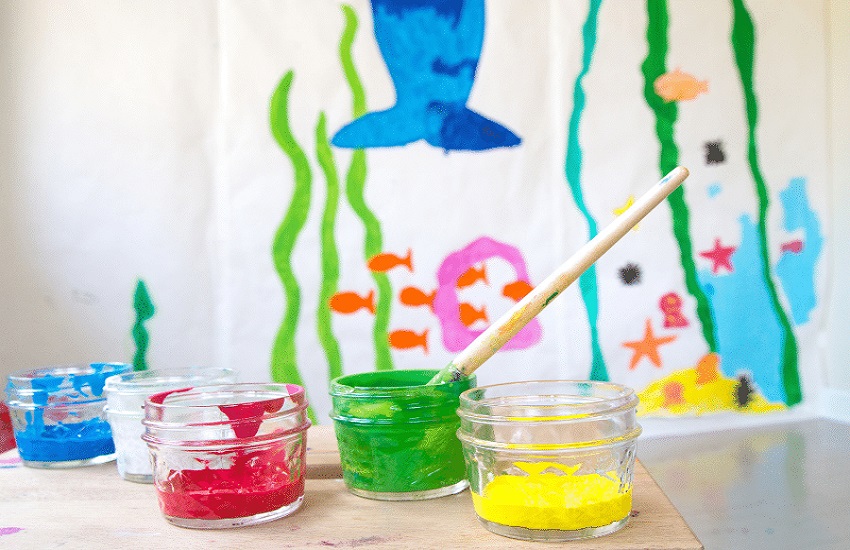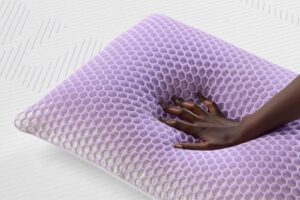What are the advantages of Art for Young Children and Kids?

Due mainly to the region’s young people, Australia’s art market is exploding. Parents in Australia are beginning to see the value of exposing their children to the arts. There are several advantages to Australian art education for children, including developing problem-solving skills, creativity, reading, fine and gross motor coordination, and a sense of community and belonging. According to a survey, 97 per cent of all Australians aged 15 to 24 and 81 per cent of all Australians connect with the arts online, up from 49 per cent in 2009 and 73 per cent in 2013. One significant aspect of personal and organizational success that is rapidly increasing is creativity, which is intrinsically tied to art. The reality is that art is essential, even if intangible, and that if children participate in hands-on art activities, they learn more effectively in all academic fields.
Art Sparks Creativity
Connecting two seemingly unconnected concepts in a new manner is what it means to be creative. In Australia, you can trace all important discoveries and solutions to significant challenges to creativity. Your children’s success and the planet’s well-being depend on their capacity to think creatively. According to the Australia Council’s recent poll, Connecting Australians, the arts have a significant impact on the lives of 98 per cent of Australians. As people confront many enormous issues, including ethnic tension, war, global warming, and mass extinctions, you need to prepare for the worst. Individuals, businesses, and governments alike look for new ways to accomplish their goals every day.
Art Facilitates Neuronal Connections
Depending on the medium, any art may use all five senses, from seeing to hearing to feeling to smelling to tasting. The synapses in children’s brains light up when they squish paint between their fingers, combine colours and materials, or draw from their imaginations or what they see in front of them as they explore and create.
Art Developes Fine Motor Abilities
All of these activities in Australia involve increasing degrees of agility and coordination. Still, they’re so much fun that kids want to keep doing them repeatedly: holding a paintbrush, dotting and squeezing a glue stick, shredding paper, etc. Fine motor abilities increase when children participate in art activities over time.
Art Develops Problem-Solving Skills
Making choices, drawing conclusions, second-guessing judgments, and then analyzing the outcomes are all part of art’s open-ended, process-oriented nature. To foster in Australia, creativity and self-assurance in children must cope with uncertainty and stay open to new ideas. And the more materials and procedures they’ve worked with, the more inclined they are to experiment with novel combinations.
Art Helps Kids Better Grasp Their Surroundings And Themselves
Children can acquire a tremendous quantity of new knowledge, but they must digest it safely and thoughtfully. People in Australia use art to express themselves and cope with life’s ups and downs. One can safely express emotions via the use of art materials. You can control feelings and concepts to your heart’s content.
Children in Australia may express themselves in several dimensions via movement, picture, colour, line, and imagination. Words may not express themselves in this manner, or it may be more comfortable for them to do so. It is essential to teach our children to master themselves, their bodies, and a wide range of artistic approaches when we encourage them to experiment. There are various methods for people to convey their thoughts.
Conclusion
As parents and teachers, you can provide a secure place for your children to explore and develop new things. It is a practice in Australia where children are encouraged to ask questions and given unrestricted access to the resources they want to indulge in their interests in Australian art. It shall help children become secure and comfortable with their creativity.








